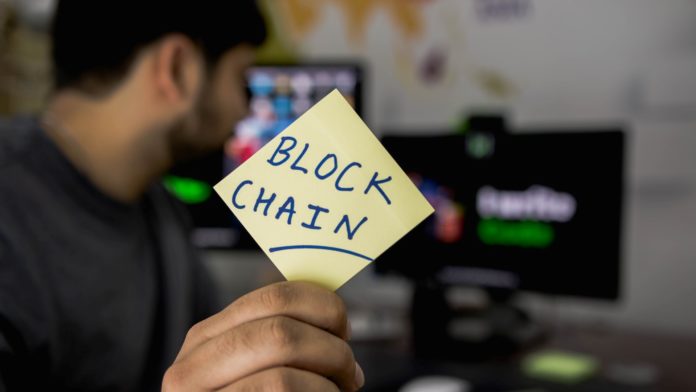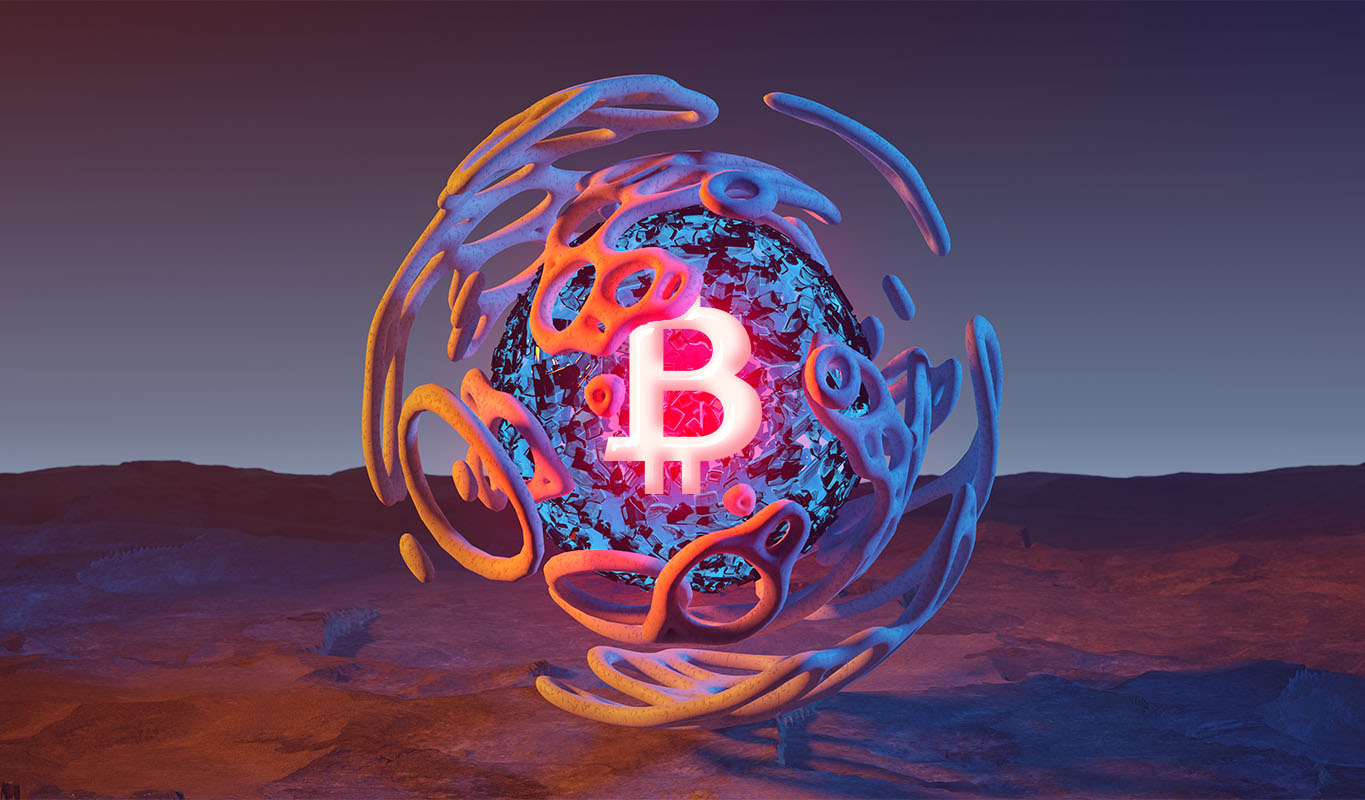The science behind modern payment methods: Blockchain and more

The world of payments is constantly changing and developing. With new technologies such as blockchain and artificial intelligence entering the mainstream, it is important to understand the science behind these modern payment methods. In this post, we will explore the basics of blockchain technology, the pros and cons of blockchain, as well as frictionless payments.
What is blockchain technology?
Blockchain technology is quickly becoming a popular choice for payments. This revolutionary technology is changing the way we think about payments, and it has a lot of potential for both businesses and consumers, with the sports betting industry leading the way. In addition, sites such as cryptogmblr.com explain how online sportsbooks and casinos have integrated this payment technology individually.
Simply put, blockchain is a digital ledger of all transactions that have ever taken place. This ledger is distributed across different computers so that it cannot be tampered with or changed. It is essentially an unchanging overview of everything that has happened. This makes blockchain a powerful tool for secure online transactions, eliminating the chance of fraud or error.
Advantages and disadvantages of Blockchain
There is a lot of buzz around blockchain these days, and for good reason. Blockchain is a ground-breaking technology with a lot of potential in the world of payments. Blockchain is essentially a digital ledger used to track transactions between two parties. This ledger is tamper-proof, meaning it cannot be altered or hacked without detection. This makes it an excellent choice for recording financial transactions, as it provides security and reliability that traditional payment methods simply cannot match.
Another major benefit of blockchain technology is its ability to provide security and privacy for users. Because all information on the blockchain is publicly available, there is no way for anyone to steal your data or falsify records without being detected. This makes blockchain an ideal choice for carrying out sensitive transactions such as online banking or purchasing products online. Also, it is decentralized, so users don’t have to trust any individual party with their data. It is immune to cyber attacks because transactions are encrypted before they are sent out on the network.
Although there are several advantages to using blockchain technology over traditional payment methods, there are also some disadvantages to be aware of. First, blockchains aren’t always easy to use – especially if you’re not familiar with computer programming languages like Bitcoin or Ethereum. Also, blockchains are still in their early stages, which means they may not be suitable for all types of financial transactions.
Overall, blockchain technology has great potential in the world of payments, especially given its security and privacy features. As we explore other modern payment systems, such as smart contracts and cryptocurrency, we will see how they are implemented using this cutting-edge technology. Pay attention!
Frictionless payments: the future
Payment is an important part of everyday life, and it is important that the process is as frictionless as possible. Fortunately, modern payment methods such as blockchain are helping to make this a reality. Blockchain is a distributed database that enables secure, fast transactions between parties without the need for third-party intermediaries.
There are many advantages to using blockchain for payments. For example, it can reduce financial friction by eliminating the need for long processing times or verification steps. This makes payments faster and easier for both consumers and businesses. In addition, blockchain technology has the potential to protect users’ data by ensuring that it is never exposed to outside threats.
As you can imagine, there are many applications for blockchain in the global economy. Some of the most obvious applications involve global payments, such as sending money across borders quickly and easily without fees or delays. However, there are endless possibilities for how this technology can be used in various industries. For example, identity verification can be fully automated using blockchain technology. This will help safeguard consumers’ privacy and at the same time reduce the fraud rate across various industries.
Overall, blockchain is changing the way we think about payments, and its impact on the global economy is far-reaching and exciting.
Briefly summarized
Blockchain technology has the potential to revolutionize the payments industry and provide customers with a secure, seamless and cost-effective way to make payments. Blockchain technology offers many advantages compared to traditional payment methods through its decentralization, transparency, immutability and security features. In addition, AI and machine learning technologies can further improve the user experience by reducing the risk of payment fraud. Finally, frictionless payments offer an even more convenient way for customers to make purchases without worrying about transaction fees or waiting times.


